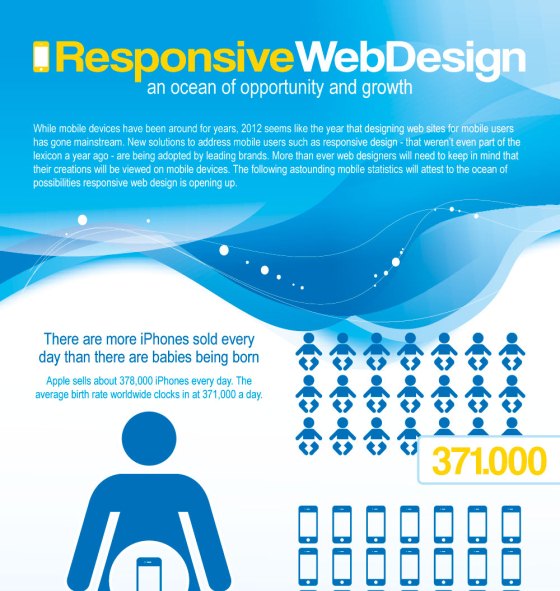The Growth Of Web Design: After That And Now
The Growth Of Web Design: After That And Now
Blog Article
Short Article By-Rasmussen Clarke
In the past, websites were straightforward and focused on information. Navigation was direct, and design was for desktop computers. Now, customer experience is essential. Data guides designs for very easy navigating. Receptive formats suit various tools. Today, dark mode decreases strain, and minimalist menus boost navigation. Interactive functions engage customers, and strong visuals stand out. AI integration enhances interaction. See how style has actually developed to boost your online journey.
Early Days of Web Design
In the very early days of website design, simpleness preponderated. Sites were standard, with minimal shades, typefaces, and designs. The focus was on offering details as opposed to showy visuals. Users accessed the internet via sluggish dial-up connections, so rate and functionality were essential.
Navigation food selections were straightforward, generally located at the top or side of the web page. Internet sites were developed for home computer, as mobile browsing wasn't yet prevalent. Content was king, and designers prioritized simple readability over intricate style aspects.
HTML was the key coding language used, and designers needed to function within its restrictions. Computer animations and interactive functions were very little compared to today's standards. Sites were static, with little vibrant material or personalized user experiences.
Surge of User-Focused Layout
With the evolution of site design, a change towards user-focused design principles has become increasingly popular. look here , producing internet sites that focus on individual experience is vital for engaging visitors and attaining business goals. User-focused style includes recognizing the requirements, preferences, and behaviors of your target market to tailor the internet site's design, web content, and features accordingly.
Designers currently conduct detailed study, such as customer surveys and functionality screening, to gather understandings and feedback straight from individuals. This data-driven technique aids in developing intuitive navigating, clear calls-to-action, and visually appealing user interfaces that resonate with visitors. By putting the customer at the center of the layout process, internet sites can supply a more customized and pleasurable experience.
Receptive layout has actually likewise become an essential aspect of user-focused layout, making sure that internet sites are optimized for various devices and display sizes. This flexibility improves access and use, satisfying the varied ways individuals communicate with web sites today. Essentially, the rise of user-focused design symbolizes a change towards creating electronic experiences that prioritize the requirements and assumptions of completion customer.
Modern Trends in Website Design
Explore the most recent patterns forming website design today. One noticeable pattern is dark setting style, supplying a streamlined and modern look while minimizing eye strain in low-light settings. One more key pattern is minimal navigating, simplifying food selections and improving customer experience by focusing on essential elements. Incorporating micro-interactions, such as animated buttons or scrolling impacts, can develop an extra interesting and interactive website. Receptive style stays vital, making certain smooth customer experiences across numerous gadgets. Additionally, making use of vibrant typography and unbalanced designs can add aesthetic rate of interest and accentuate certain content.
Incorporating AI modern technology, like chatbots for customer support or individualized referrals, enhances user interaction and streamlines processes. Accessibility has additionally become a considerable pattern, with designers prioritizing inclusive style techniques to cater to diverse individual requirements. Welcoming sustainability by enhancing internet site efficiency for speed and effectiveness is an additional arising pattern in web design. Collaborating with customer responses and information analytics to iterate and enhance layout continuously is necessary for remaining pertinent in the ever-evolving electronic landscape. By welcoming these modern-day fads, you can develop a visually appealing, user-friendly web site that reverberates with your audience.
Conclusion
As you review the development of internet site style from the very early days to now, you can see exactly how user-focused style has come to be the driving force behind contemporary patterns.
Welcome the journey of change and adjustment in website design, always maintaining the user experience at the forefront.
Stay present with the current patterns and technologies, and never ever stop progressing your strategy to produce visually stunning and straightforward sites.
Progress, adapt, and create - the future of website design remains in your hands.
